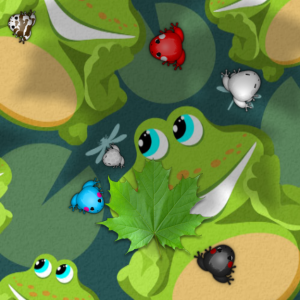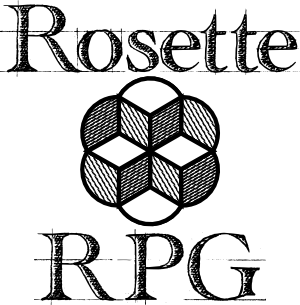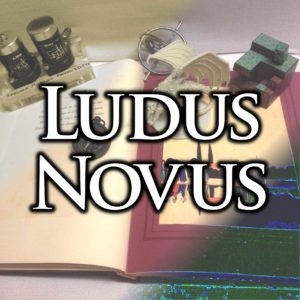Games are simulations.
Games take a set of rules describing how things work, and they apply those rules to a world state to determine how that world changes over time. Sometimes the rules are very simple; “Snakes and Ladders” has about four rules. Sometimes, they are extraordinarily complex; World of Warcraft has rules that govern the actions and interactions of thousands of actors at once, with each actor having maybe a hundred different ways to affect the progress of the simulation. All games, however, share these fundamental attributes: they simulate the changes in a system over time using a set of rules.
Inherent in their status as a simulation is the fact that games are abstractions. No simulation can be an exact model of real life. Therefore, games use only a subset of the rules present in the systems they simulate. Sometimes, games simulate the real world: Roller Coaster Tycoon simulates the everyday workings of a theme park. Sometimes, they simulate a fantastic world: Morrowind is a simulation of the fictional fantasy island of Vvardenfell. Sometimes, they simulate an abstract world: Conway’s “Game of Life” simulates a world composed of either a grid of unicellular organisms, or a world of multicellular organisms with a very strange way of living. In all these cases, however, the designers of the game have chosen which rules to include in the simulation and which to abstract away. Roller Coaster Tycoon does not require the player character to get sleep. Morrowind allows the PC to eat, but does not require it. The “Game of Life” uses a very limited set of rules.
What distinguishes a game from, say, the sort of airflow simulation used by aerospace engineers? Player interaction. In games, players can modify the progress of the simulation. They can change the starting parameters, or choose what an actor will do, or even modify the rules of the simulation as it progresses. It is this interactivity that is essential to the nature of games. Games simulate worlds, but their most important property is that they allow the player to affect the simulation. It is from this ability that goals emerge, that agency arises, that fun appears. Games are simulations with life.

 A big secret of tabletop RPG design is that roleplaying games play themselves. Get the right group of people together and they’ll have fun telling a good story, regardless of which edition of which game they’re playing. The hard parts of RPGs are things the designer can’t control: social dynamics.
A big secret of tabletop RPG design is that roleplaying games play themselves. Get the right group of people together and they’ll have fun telling a good story, regardless of which edition of which game they’re playing. The hard parts of RPGs are things the designer can’t control: social dynamics.
